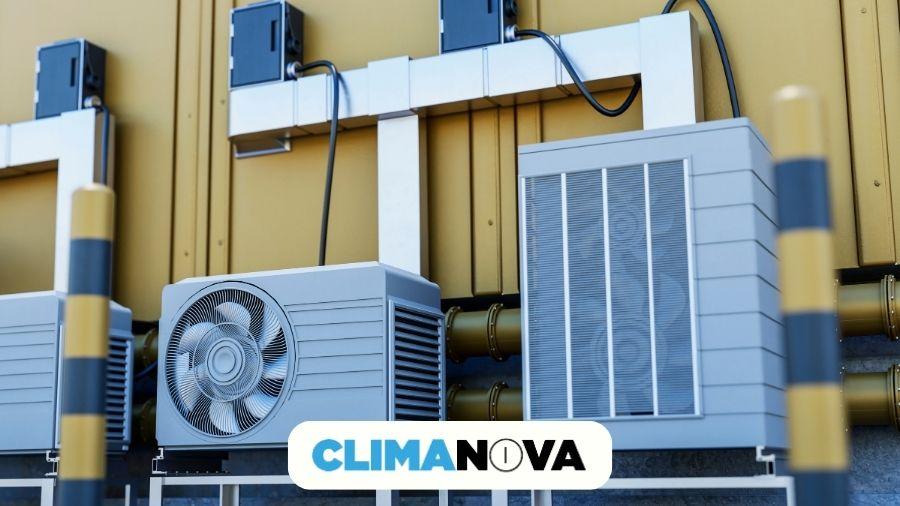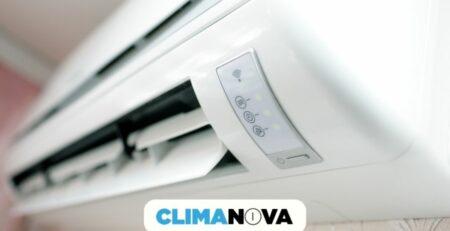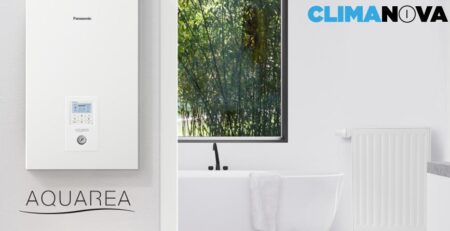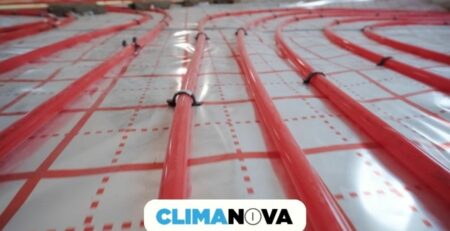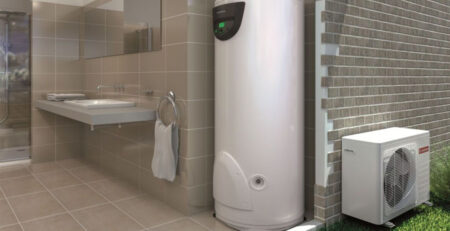What is a VRF heat pump system? We tell you how it works and the advantages of this type of air conditioning system. If after reading this article you have any doubts or need advice, contact us.
Having an air conditioning system is no longer a seasonal thing but a key device all year round. Many of our clients in Marbella and Estepona are opting for these systems to enjoy greater comfort. But it is important to get good advice before installing any type of system in your home or business.
What is a VRF heat pump system and how does it work?
A VRF (variable refrigerant flow) system is an air conditioning system that allows cooling and heating in different zones to be controlled independently using a heat pump.
For example, if you have many rooms in your house and you want to feel fresh air in some rooms and not so fresh in others, or even if you prefer them to be warm. A VRF air conditioning system is a way to do this without having to have many different units in each room.
One part of the installation is outside the house, the outdoor compressor unit. It has a refrigerant gas with which we can produce cold or heat that we will send indoors. Inside the house we will have units that can be controlled separately, which means that you can have cool in one room and heat in another at the same time.
In addition, this system is very intelligent, because it only sends the amount of heat or cold that is needed in each room to maintain the temperature that we have set. In this way it does not waste energy and is very efficient.
Logically, where this technology is most used is in large residences and commercial buildings, in homes or small commercial premises other types of solutions are implemented.
The basic operation of a VRF system is as follows:
- El compresor comprimirá el refrigerante y lo enviará a la unidad de control central.
- La unidad de control central regulará el flujo de refrigerante a través de la red de tuberías a las unidades interiores.
- Las unidades interiores usarán el refrigerante para enfriar o calentar el aire dependiendo de las necesidades de cada zona.
- El refrigerante se expande en las unidades interiores y vuelve al compresor donde se repite el ciclo.
Difference between VRV and VRF systems
VRV and VRF are both variable refrigeration air conditioning systems but there are some key differences between them:
- VRV is an air conditioning system developed by Daikin, while VRF is a broad term that applies to many different brands of variable refrigeration air conditioning systems.
VRV uses a central unit to control the flow of refrigerant to different indoor units, while VRF can use one or several central units.
VRV is mainly used in large commercial and office buildings, while VRF is suitable for a wide variety of applications, from small residential buildings to large commercial buildings.
In terms of energy efficiency, the two systems are generally comparable, but there are some differences in terms of control flexibility and the ability to handle different types of refrigerants.
In summary, both VRV and VRF systems are excellent HVAC options, but depending on the specific application, one may be more suitable than the other. It is important to consult with an HVAC expert to determine which is the best option for each situation.
Advantages of the VRF system
The VRF system provides a number of advantages which are mentioned below:
- Energy efficiency. VRF systems are highly efficient and energy-saving, as they can individually control different zones of a building.
- Control flexibility. This system allows temperature control in different zones of a building by regulating the amount of refrigerant flowing through evaporators and condensers. It is highly flexible and can adapt to changing air conditioning needs.
- Simple installation and maintenance. VRF systems are smaller and lighter than other air conditioning systems. In addition, they are easily installed in buildings of different sizes and types. They are also easy and efficient to maintain.
- Ability to handle different types of refrigerants. This type of system is suitable for different applications and air conditioning requirements.
- High air conditioning capacity. VRF systems provide high quality air conditioning and allow precise temperature regulation in different areas of a building.
All in all, the VRF system is an excellent choice for the air conditioning of buildings and large dwellings, as it is efficient, flexible, easy to install and maintain and provides a high quality of air conditioning.
Installation of heat pump VRF system with Climanova
To install a VRF heat pump system, a certified and experienced air conditioning company is required. At Climanova we provide services in the Costa del Sol such as Estepona, Marbella, Mijas Costa or Fuengirola.
If you are looking for an installer or need a quote, at Climanova we are experts in this type of air conditioning and refrigeration systems. Now you can call us or send us the following form and we will contact you.
